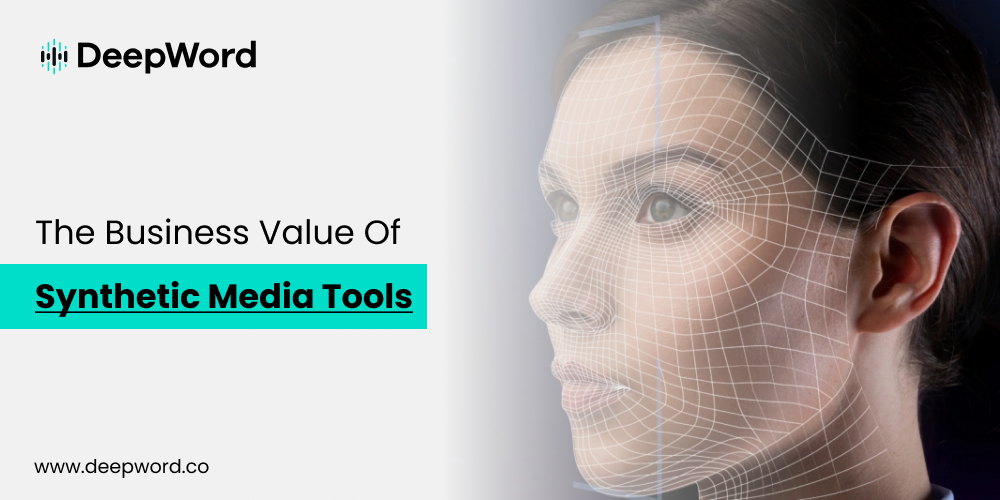Advances in Artificial Intelligence (AI) are providing new opportunities for synthetic media. Is this something that brands must consider? Let’s check how marketers can use it in their business strategies.
AI is all over everything nowadays, and it is so ubiquitous that brand marketing departments cannot overlook it. But should businesses invest in Intelligence or AI-generated content or synthetic media whatever you may call it? Buyers have shown an affinity with, as well as a profound suspicion of, anything created by artificial intelligence, & it might appear to be a difficult line to tread as a business.
Simultaneously, they demand customization and would like to be wowed. So, synthetic media is the unavoidable result of the marketing world. In a nutshell, synthetic media tools are going to be the next big thing.
What can Synthetic Media do for your business?
Synthetic media tools can drive personalization at the high end. Brands are seeking imaginative new methods to transmit visual content as the world gets more digital. Synthetic media originally gained prominence in media (videos, films) and videogames, but as the tech progresses, more sectors are discovering applications.
The Artificial Media market is still in its early stages, with probably two categories of companies: high-end artists with a proud history of producing high-quality digital effects, and start-ups that have discovered an opportunity to use emerging artificial intelligence for content production. Synthetic media companies like Deepword have the potential to completely revolutionize how marketers and consumers consume information in the nearish future.
Synthetic Media will democratize content production by making it easier and less expensive to create massive volumes of audio, video, or image material without the need for expensive, physical procedures. All these advantages of synthetic media can be leveraged by businesses of any niche.
What are Synthetic media & Synthetic media tools?
There has been a drastic revolution in how the market develops and absorbs content during the last few years. We are on the verge of a technological revolution era in which our gadgets will be both tools and creators.
The growth of video content services, content desire, and artificial intelligence has given rise to a new media category known as Synthetic Media. AI technology that is used to create this synthetic content is known as synthetic media tools.

Major components of Synthetic media tools that businesses can leverage:
Digital Humans: This necessitates the development of tools & techniques for creating, animating, and interacting with digital humans. Capturing, modeling, features, encoding/decoding, rendering, and animation are among these capabilities.
Digital Reality: This dimension involves the use of technology to capture, model, personalize, and combine many landscapes and narratives.
Digital Experiences: Identifying interactive features and experiences for many sorts of applications, such as displays or emotion recognition, is required.
With the advent of this new medium, marketers are faced with a host of questions. When and how should synthetic media be used? In what ways may things go wrong? This technology has progressed so quickly that regulation is struggling to keep up. As a result, marketers should walk carefully in this new and unfamiliar environment. Synthetic media is a strong weapon that must be used with care and strategy, but when done well, it can produce effective campaigns.

Transparency is essential in all marketing endeavors. Artificial intelligence, deep fake media, and deep learning technologies are very powerful tools with the potential to transform the future, but they must be utilized with caution and at the discretion of companies. A simple warning saying that a post uses deepfake technology or a synthetic influencer might indeed help customers. Before deploying revolutionary creative action potentials at scale, marketing professionals should interact with focus groups to verify consumers realize the content is synthesized media.


